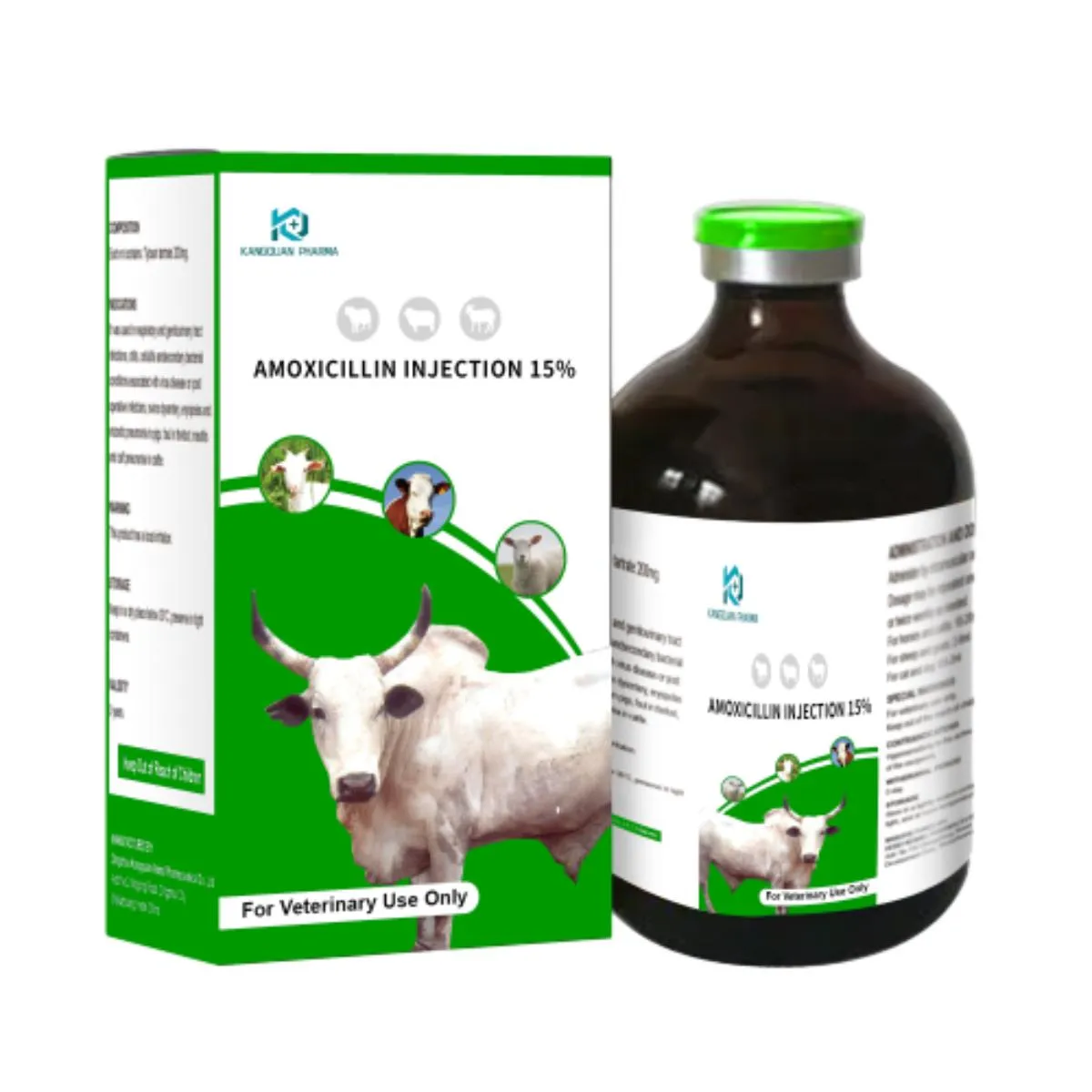- Afrikaans
- Albanian
- Amharic
- Arabic
- Armenian
- Azerbaijani
- Basque
- Belarusian
- Bengali
- Bosnian
- Bulgarian
- Catalan
- Cebuano
- Corsican
- Croatian
- Czech
- Danish
- Dutch
- English
- Esperanto
- Estonian
- Finnish
- French
- Frisian
- Galician
- Georgian
- German
- Greek
- Gujarati
- Haitian Creole
- hausa
- hawaiian
- Hebrew
- Hindi
- Miao
- Hungarian
- Icelandic
- igbo
- Indonesian
- irish
- Italian
- Japanese
- Javanese
- Kannada
- kazakh
- Khmer
- Rwandese
- Korean
- Kurdish
- Kyrgyz
- Lao
- Latin
- Latvian
- Lithuanian
- Luxembourgish
- Macedonian
- Malgashi
- Malay
- Malayalam
- Maltese
- Maori
- Marathi
- Mongolian
- Myanmar
- Nepali
- Norwegian
- Norwegian
- Occitan
- Pashto
- Persian
- Polish
- Portuguese
- Punjabi
- Romanian
- Russian
- Samoan
- Scottish Gaelic
- Serbian
- Sesotho
- Shona
- Sindhi
- Sinhala
- Slovak
- Slovenian
- Somali
- Spanish
- Sundanese
- Swahili
- Swedish
- Tagalog
- Tajik
- Tamil
- Tatar
- Telugu
- Thai
- Turkish
- Turkmen
- Ukrainian
- Urdu
- Uighur
- Uzbek
- Vietnamese
- Welsh
- Bantu
- Yiddish
- Yoruba
- Zulu
Dec . 17, 2024 18:32 Back to list
Exploring the Applications and Effects of Gentamicin Sulfate in Medical Treatments
Gentamicin Sulfate An Overview
Gentamicin sulfate is an antibiotic that belongs to the aminoglycoside class of drugs. It is widely used in clinical practice due to its effectiveness against a broad range of gram-negative bacteria, as well as some gram-positive organisms. This article will delve into the characteristics, applications, and considerations surrounding gentamicin sulfate.
Characteristics of Gentamicin Sulfate
Gentamicin sulfate is derived from the bacterium Micromonospora purpurea. It works by inhibiting bacterial protein synthesis, which ultimately leads to cell death. The drug is known for its potent bactericidal activity, particularly against Pseudomonas aeruginosa, Escherichia coli, and Klebsiella species. It is available in various formulations, including injections, topical ointments, and ophthalmic solutions, allowing for flexibility in treatment depending on the site and severity of infection.
Clinical Applications
Gentamicin sulfate is primarily used to treat severe infections caused by susceptible bacteria. It is commonly employed in hospitals for the treatment of conditions such as sepsis, pneumonia, urinary tract infections, and intra-abdominal infections. Its effectiveness in treating multi-drug-resistant infections has made it a critical component in the arsenal against critical bacterial infections.
In surgical settings, gentamicin may be used as a prophylactic measure to prevent infections in high-risk patients. Furthermore, in combination therapy, it can enhance the efficacy of other antibiotics, particularly when dealing with resistant strains.
gentamicin sulfate 3

Administration and Dosing
Gentamicin sulfate can be administered via various routes, with the intravenous (IV) route being the most common for serious infections. Dosage is carefully calculated based on the patient’s weight, renal function, and the severity of the infection. The therapeutic range of gentamicin is narrow, which necessitates close monitoring of blood levels to avoid toxicity.
Side Effects and Risks
While gentamicin sulfate is effective, it is not without risk. The most significant adverse effects include nephrotoxicity and ototoxicity, which can lead to hearing loss and kidney damage. Regular monitoring of renal function and hearing tests are often recommended during prolonged therapy. Other potential side effects can include allergic reactions, dizziness, and rash.
Given these risks, gentamicin sulfate is typically reserved for severe infections or cases where less toxic alternatives are not viable. Physicians often weigh the benefits against the potential side effects before initiating treatment.
Conclusion
Gentamicin sulfate remains an essential antibiotic in modern medicine, particularly for treating serious bacterial infections. Its efficacy against resistant strains and its role in combination therapy make it invaluable in clinical settings. However, its administration must be handled with care, keeping in mind the potential risks associated with its use. Continuous research and vigilance are necessary to ensure its safe application, especially as bacterial resistance continues to evolve. As healthcare providers navigate the complex landscape of antibiotic use, gentamicin sulfate will continue to be a critical tool, highlighting the importance of responsible prescribing practices in the fight against infections.
-
Guide to Oxytetracycline Injection
NewsMar.27,2025
-
Guide to Colistin Sulphate
NewsMar.27,2025
-
Gentamicin Sulfate: Uses, Price, And Key Information
NewsMar.27,2025
-
Enrofloxacin Injection: Uses, Price, And Supplier Information
NewsMar.27,2025
-
Dexamethasone Sodium Phosphate Injection: Uses, Price, And Key Information
NewsMar.27,2025
-
Albendazole Tablet: Uses, Dosage, Cost, And Key Information
NewsMar.27,2025













